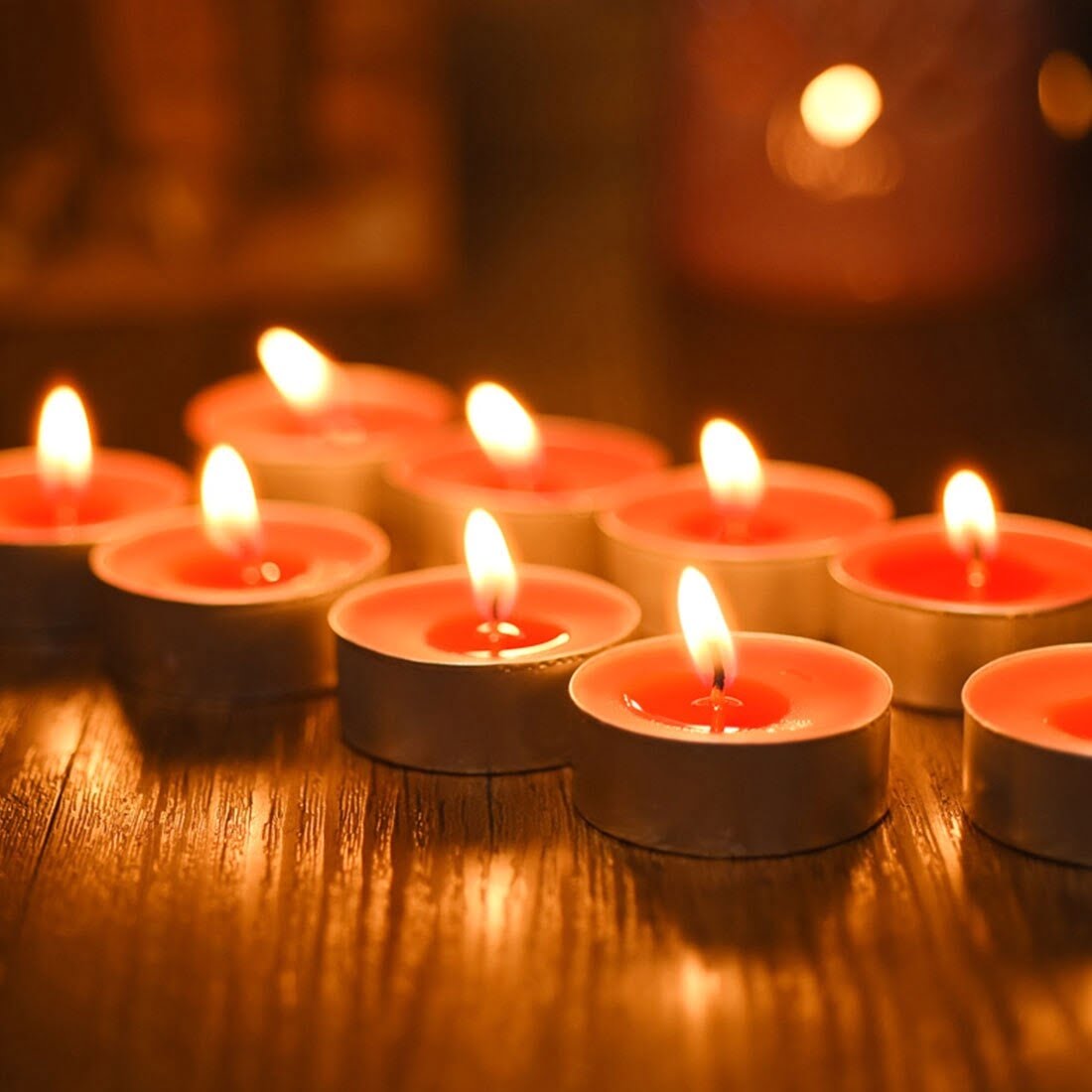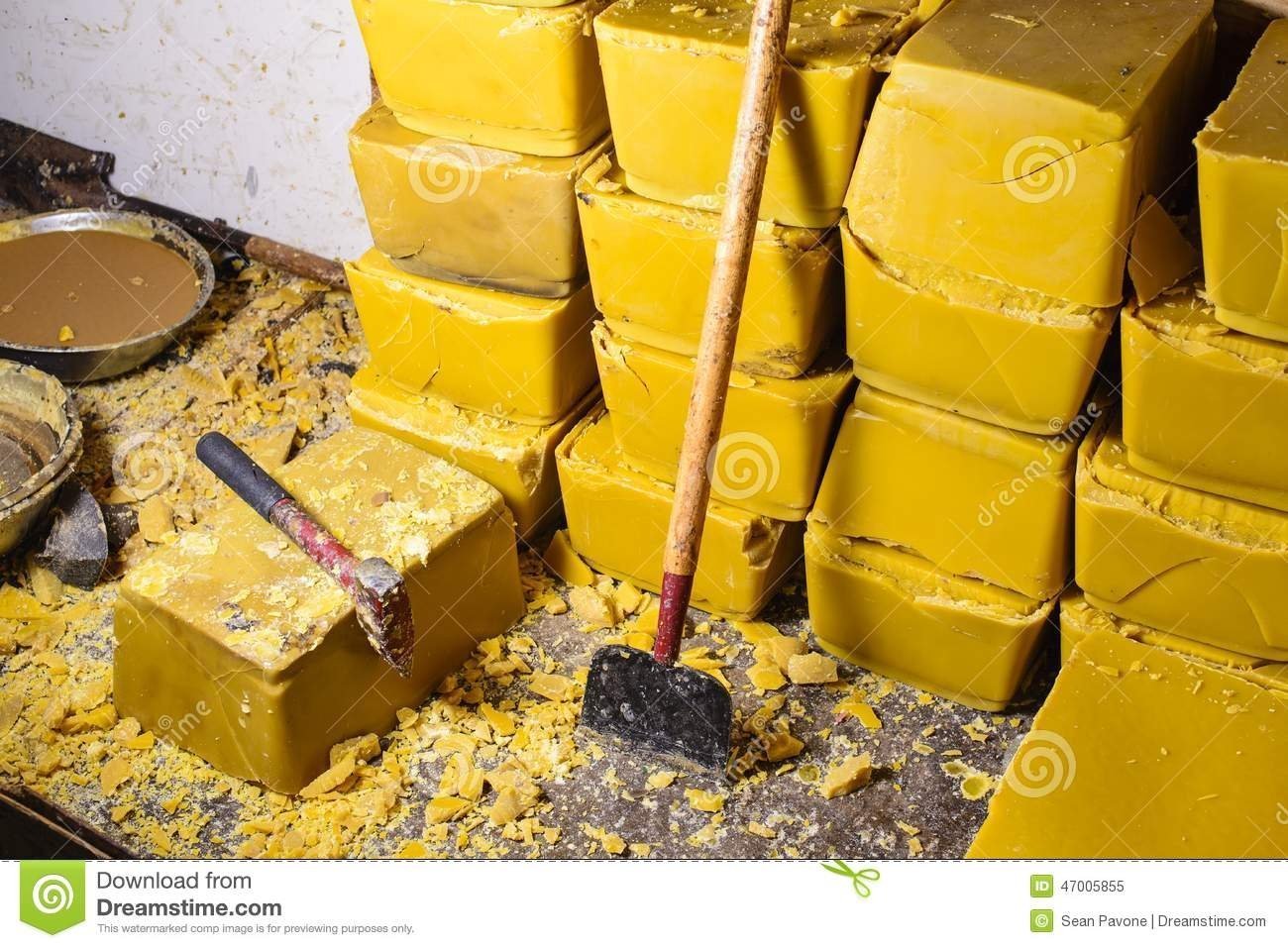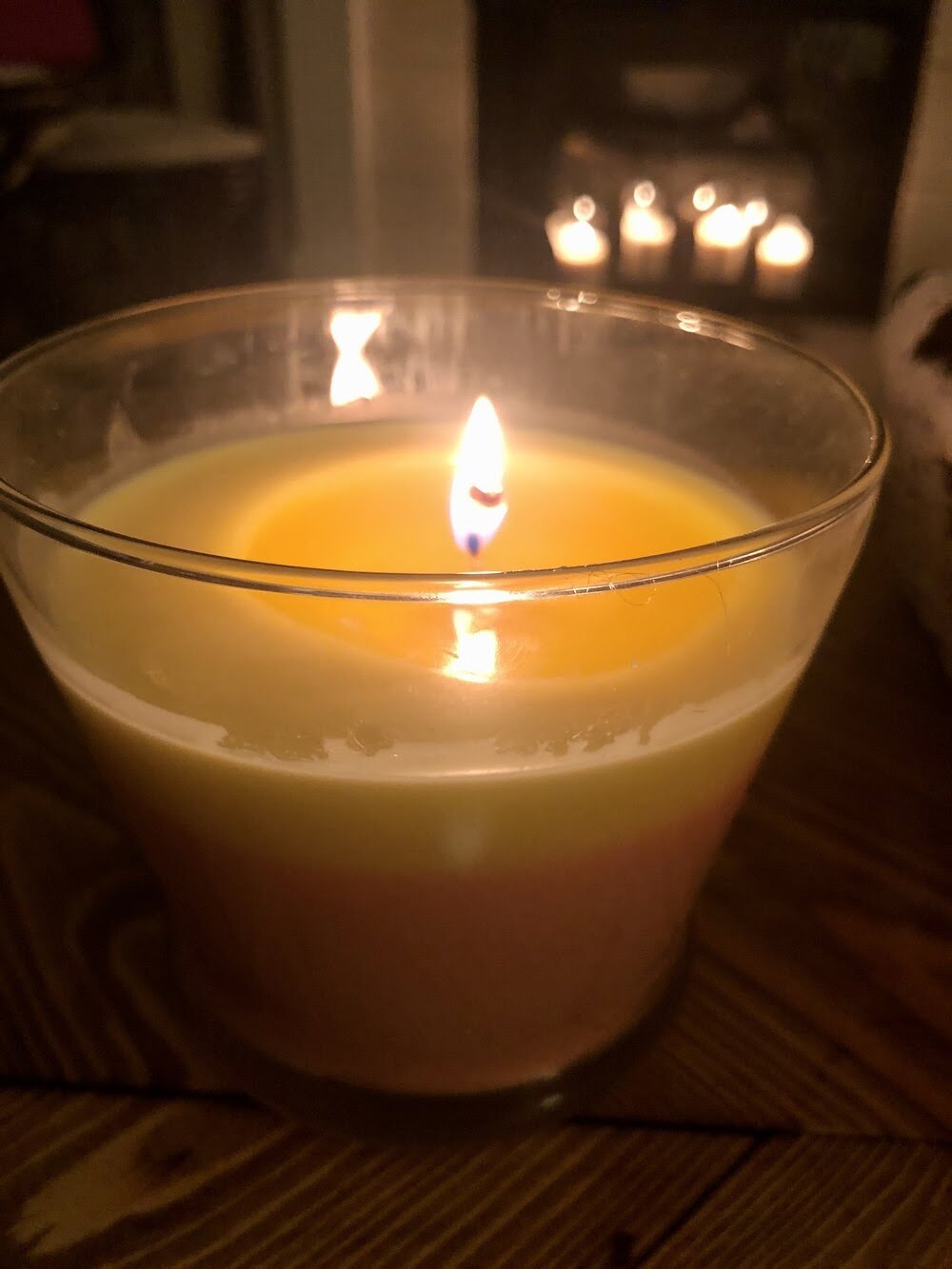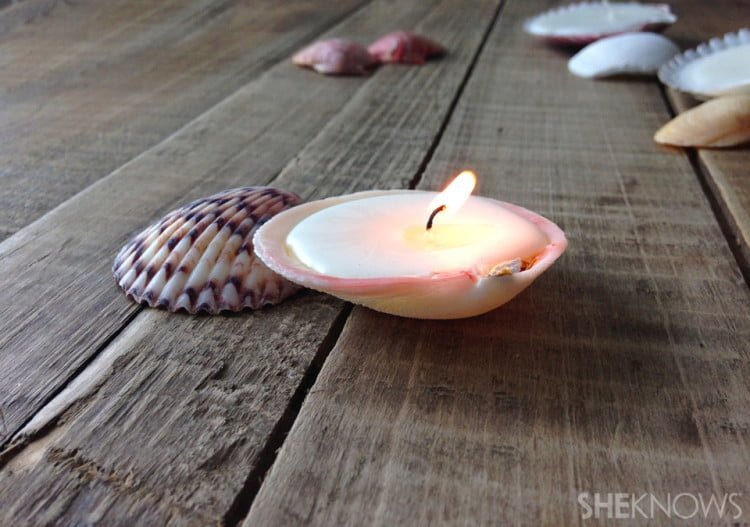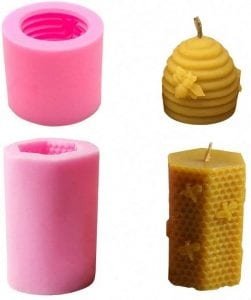Introduction
Making candles with soy wax is an increasingly popular activity for those who want to explore creative hobbies and make their own eco-friendly home decor. In candle making, soy wax packs a number of advantages including environmental friendliness and a longer burn time than other options such as paraffin wax. The candle-making process has a few simple steps which involve melting the wax, adding your desired colors or scents, pouring it into molds or jars and allowing it to harden. For those looking to purchase soy wax in bulk, sourcing from a reliable wholesaler can provide significant savings.
Basics
Setting up a Workstation for Candle Making:
1. Gather all the necessary materials and tools needed to make candles, such as candle wax, wick sustainers, wicking rods/tabs, a double boiler/melting pot, stirring spoons, thermometer, and colorings/fragrances (if desired).
2. Clear off a work surface and set out some newspaper or parchment paper to protect it from potential wax spills.
3. Place the double boiler or melting pot on your work table with enough room for you to use your stirring spoon without burning yourself.
4. Heat the water in the double boiler or melting pot until it reaches a temperature of 140-160 degrees Fahrenheit (hotter than this can cause discoloration).
5. Gradually add pieces of wax into the double boiler while stirring gently until all of the wax has melted and there are no chunks left in the pot.
6. Dip one end of a pre-primed wick into the melted wax ensuring that it is fully submerged before removing and allowing any excess wax to drip off. Repeat this step twice more allowing each layer of wax to cool slightly before dipping again for optimal adhesion and strength of wick when finished candle is burned.
7. Pour enough melted wax into a mold so that it covers the bottom completely but does not overflow it once cooled; attach sustainers with tabbed ends around both sides of top of mold using glue or heat friendly adhesive if necessary then hang prepped wicks on sustainer so they rest lightly across top of mold (it is recommended to use a small piece of clay at base end to help keep wick centered).
8. Slowly pour more melted wax over previously hung wicks releasing them only after majority of poured wax has been allowed time to level itself out in mold ” then make sure all excess strands have been cut away neatening remaining lines before being allowed extra time to cool down and solidify before use/gifting etc…
Tools & Materials:
Double boiler/melting pot, Stirring spoons, Thermometer, Wax, Candle Wick Sustainers, Wick Tabs/Rods , Colorings/Fragrances (optional), Glue or Heat Friendly Adhesive (optional), Safety Gloves & Glasses (optional)
Sourcing
Sourcing soy wax for candle making is an important process and must be done in order to maintain a profitable business. Bulk supplies of soy candles should always be purchased through reputable, quality suppliers. Prices will vary based on the source and quantity, but discounts are often available when ordering large quantities.
Wholesale suppliers like YellowBee Candles, Soy-Lites, AmberCandleVu, and Virginia Candle Supply offer natural soy wax in large quantities at discounted prices. These suppliers provide valuable resources such as detailed product descriptions, purchasing advice, and support from experienced wax makers.
Not only do they have convenient online stores to purchase from, but they also offer bulk purchasing options (minimum order by weight) that can significantly reduce the costs per unit of a candle-making business. For example, YellowBee Candles offers their 100% Natural Soy Wax Candle Wax in 25 lb bags for $265 (about 26 cents per ounce). This cost may be much lower than what you could purchase smaller quantities for elsewhere.
Best Practices
When buying soy wax for candle making wholesale, it is important to consider safety. Some key safety precautions to take are:
– Ensure that you purchase the correct type of soy wax for the specific purpose for which it will be used and that it is not expired.
– Make sure the supplier provides adequate safety information about their product, such as recommended temperatures and pouring techniques, as improper use can potentially result in fires or explosions.
– Check that any containers are correctly labelled with warnings such as “flammable” or “keep away from children”.
– If purchasing large quantities of flammable materials, make sure to check that your local regulations for storage of these products are followed.
– Confirm your supplier is credible by asking for evidence of adequate testing performed on the soy wax and accompanying wicks.
– Obtain samples of each variety of soy wax prior to ordering full containers, to ensure the right quantity and quality is being purchased.
Looks
Soy candles can be a great way to create new looks for your candle business. Many techniques for embellishing and coloring your candles can give them a unique touch of personality. Experiment with techniques such as adding flower petals, marbling the wax, using various wicks, or adding mica powder for an extra sparkle. If you choose to use dyes in addition to natural colorants such as essential oil fragrances and herbs, always test the color on a sample before committing it to the entire batch. You could also make scented soy candles by mixing your favorite essential oils into the melted wax. Try out different pairings and blends to find what works best for each batch of soy wax. By incorporating these techniques into your candle making experience, you will be sure to create beautiful products that people will love!
Conclusion
Examples of natural supplies to use for eco-friendly crafting of soy candles include beeswax, sustainably sourced palm wax, vegetable gylcerin, and natural essential oils like lavender and lemon. Additionally, use cotton wicks to reduce the amount of pollutants released into the air. Further create a custom scent by blending essential oils with naturally derived fragrances like jasmine or pine. Lastly remember to recycle the bottles used when crafting your soy candles to further reduce the environmental impact on our planet.

Welcome to my candle making blog! In this blog, I will be sharing my tips and tricks for making candles. I will also be sharing some of my favorite recipes.

